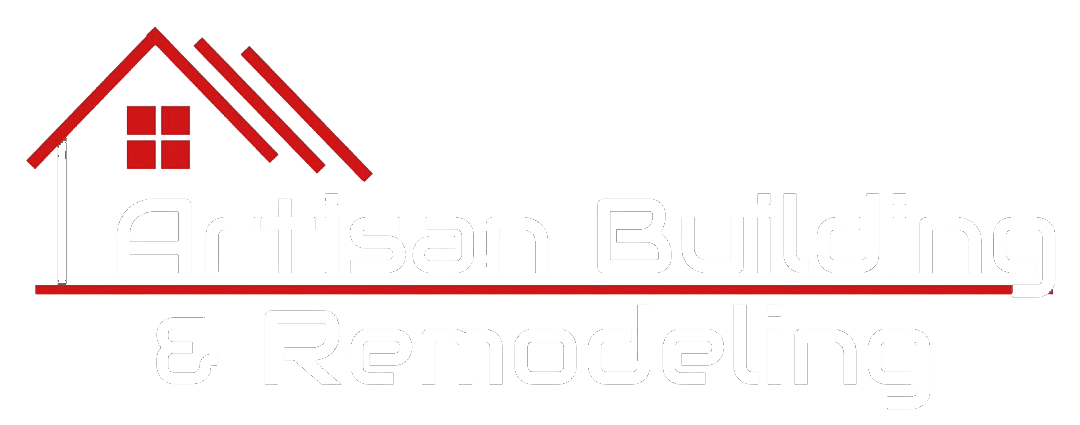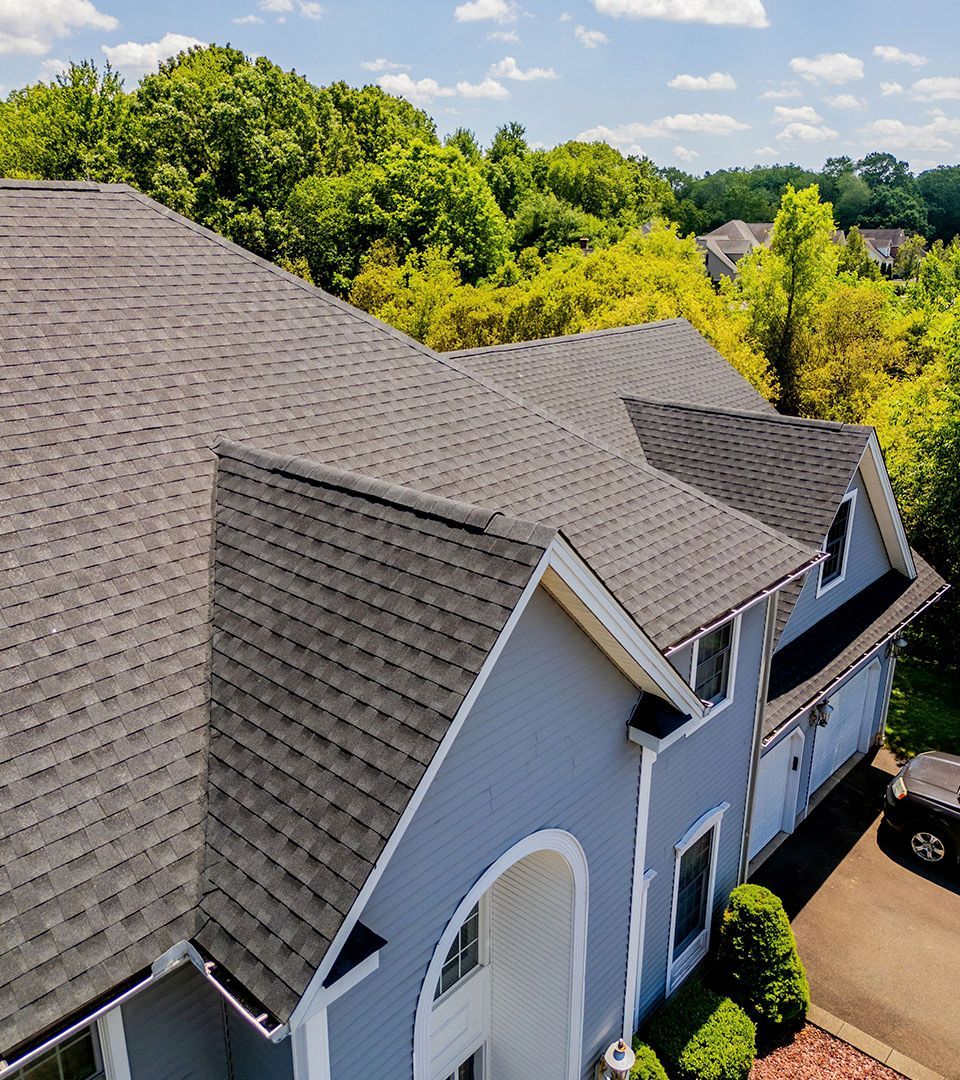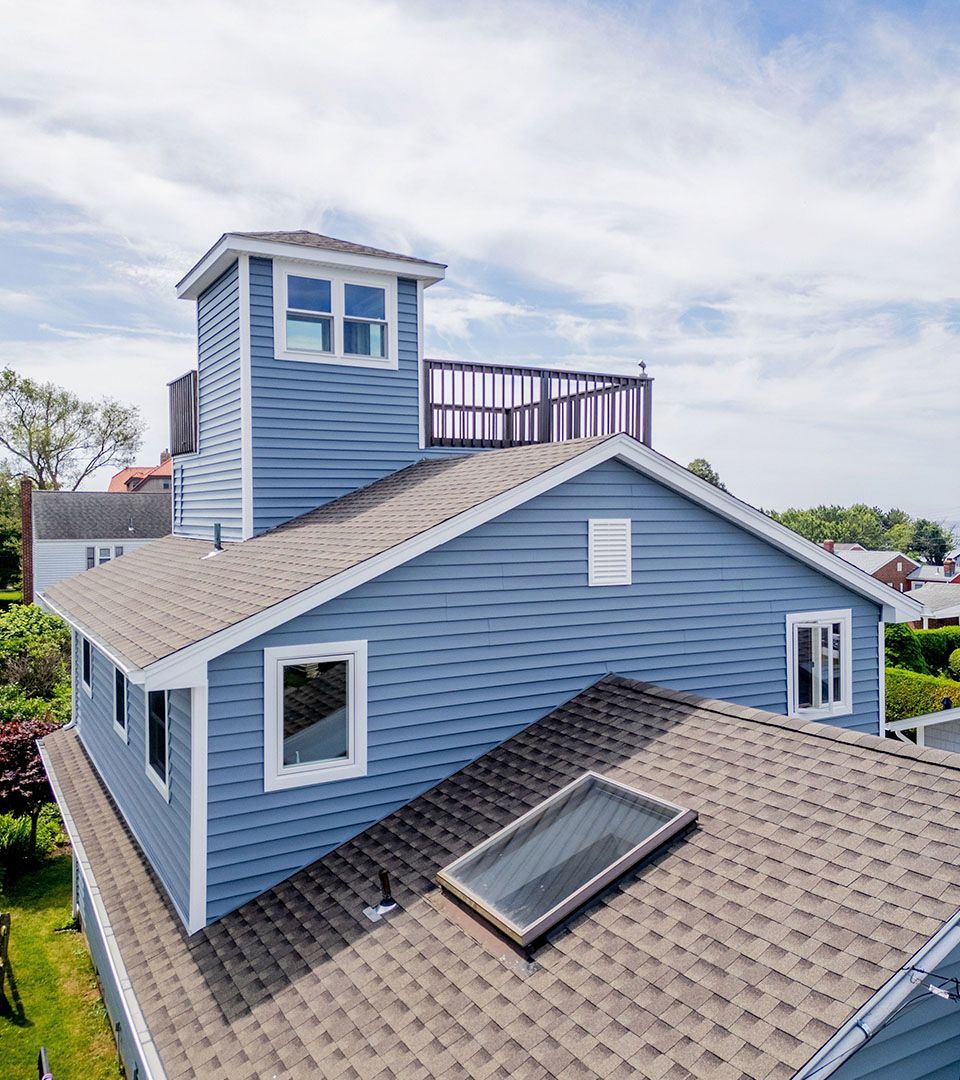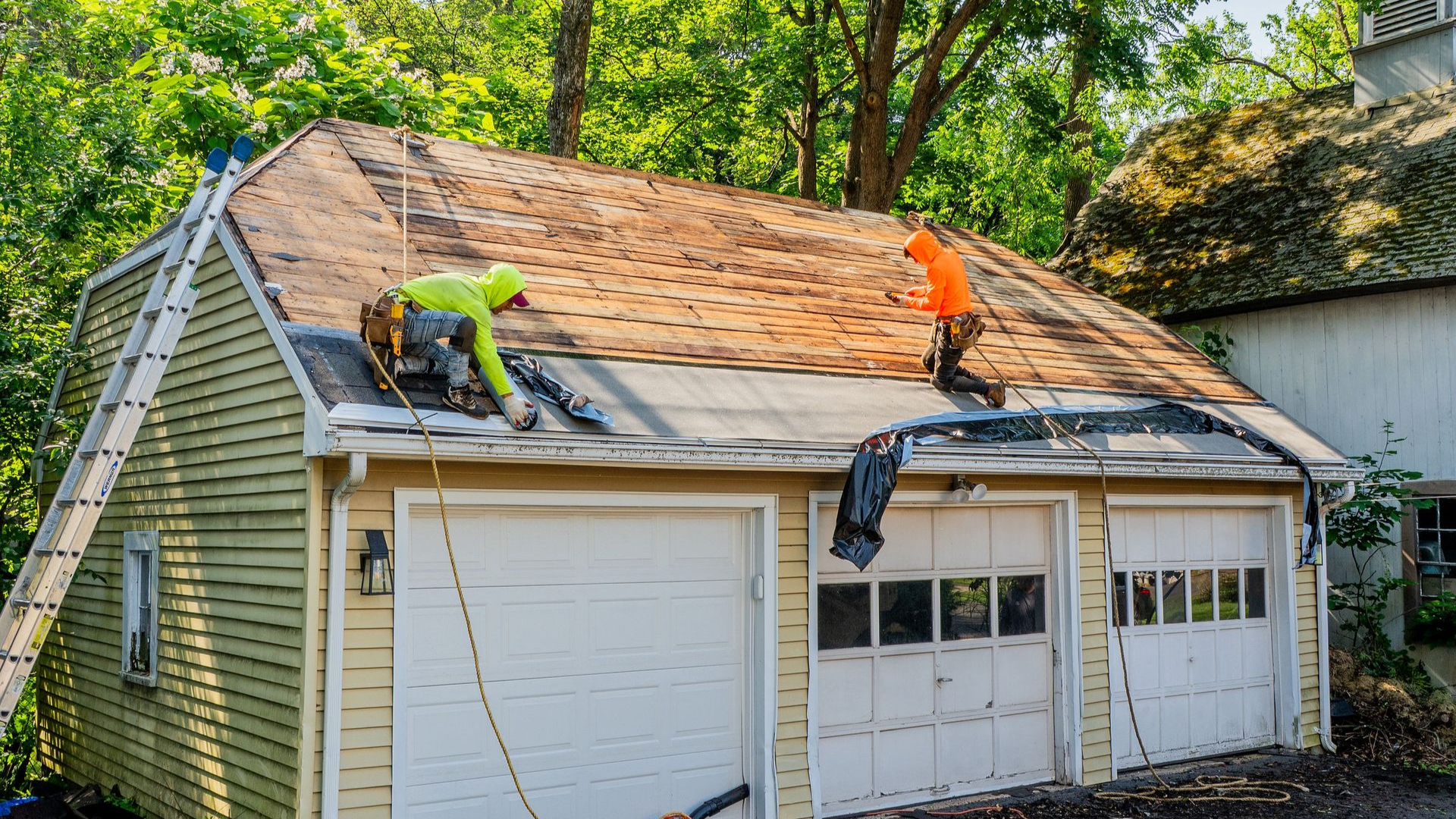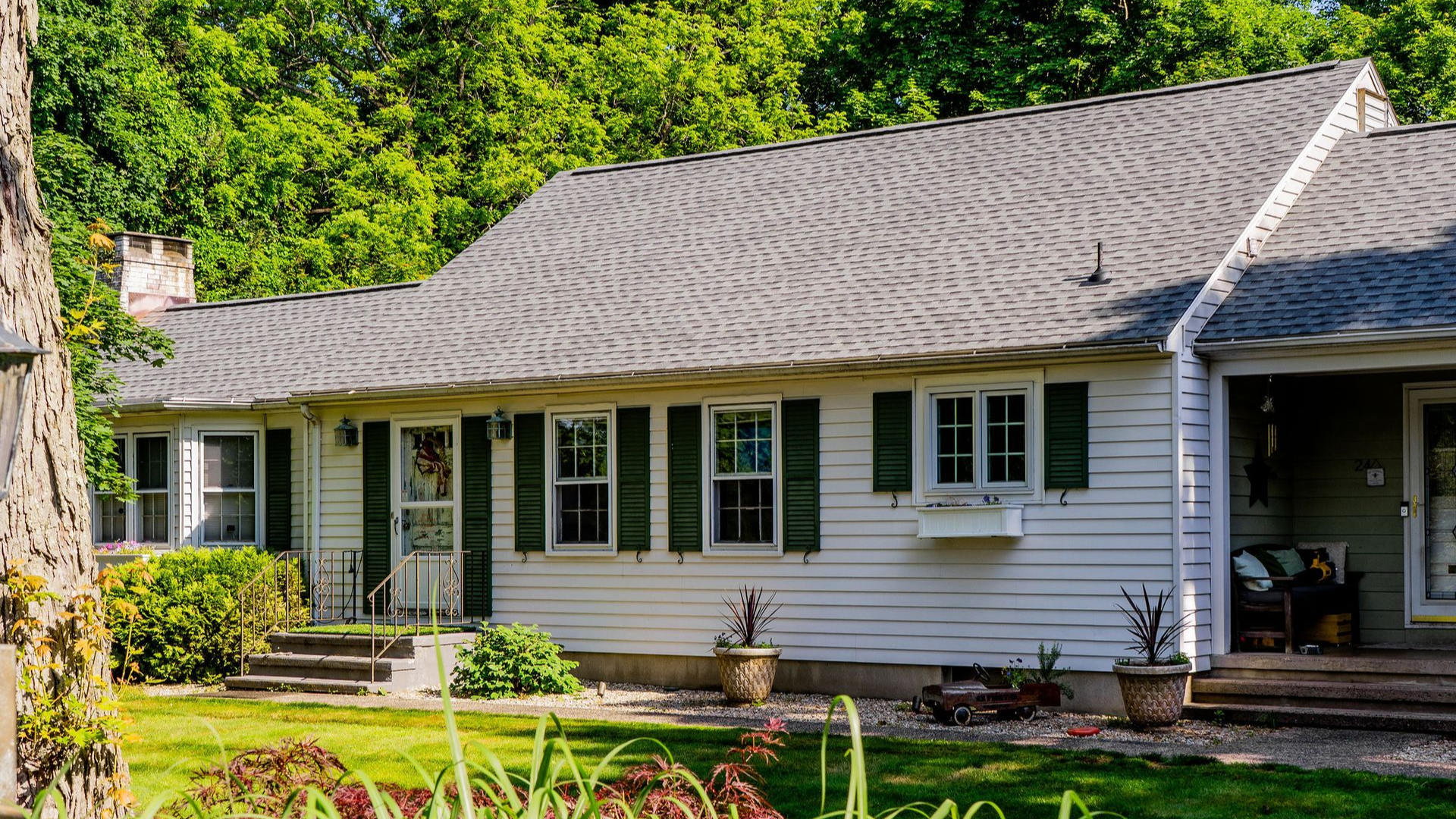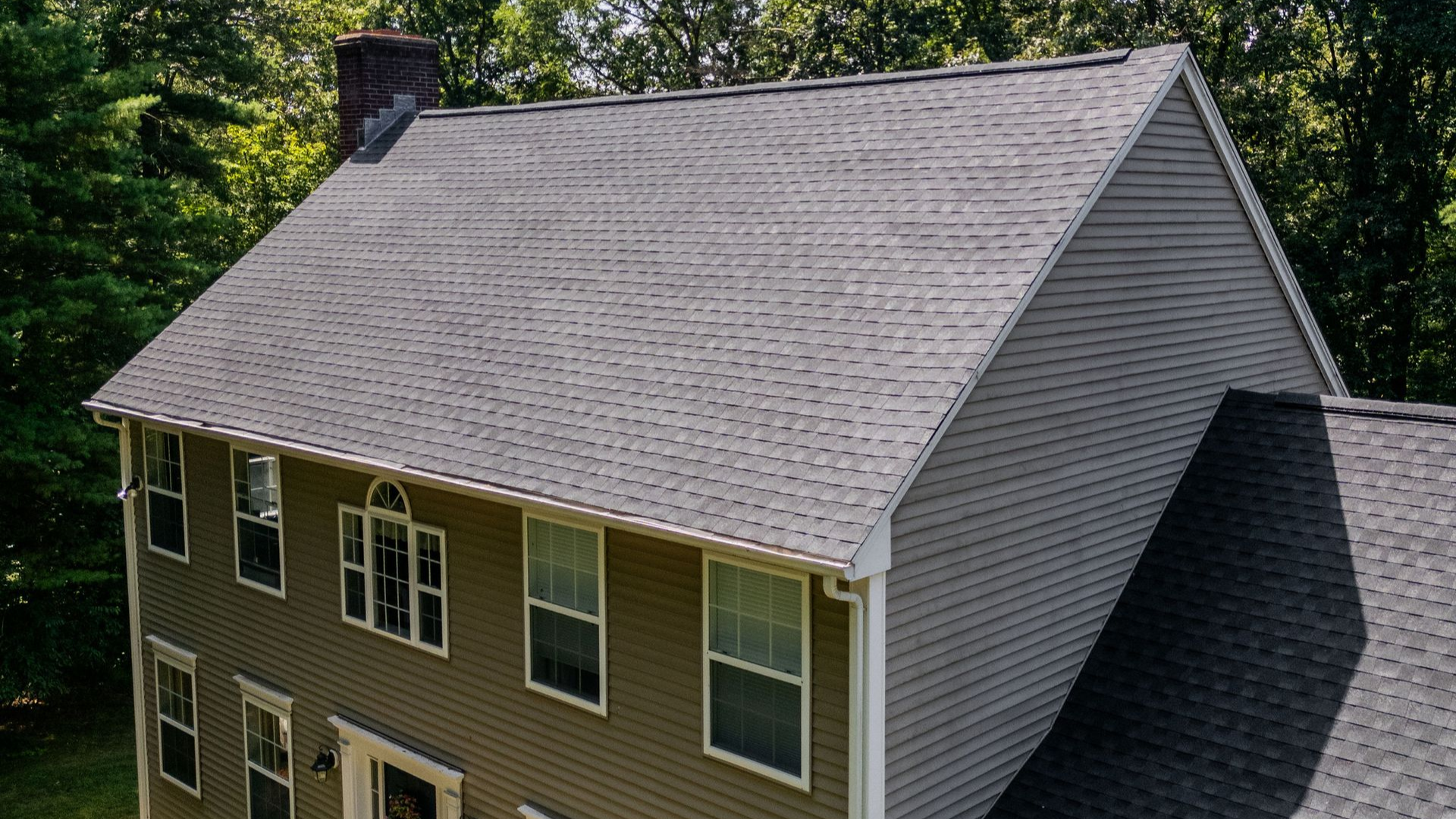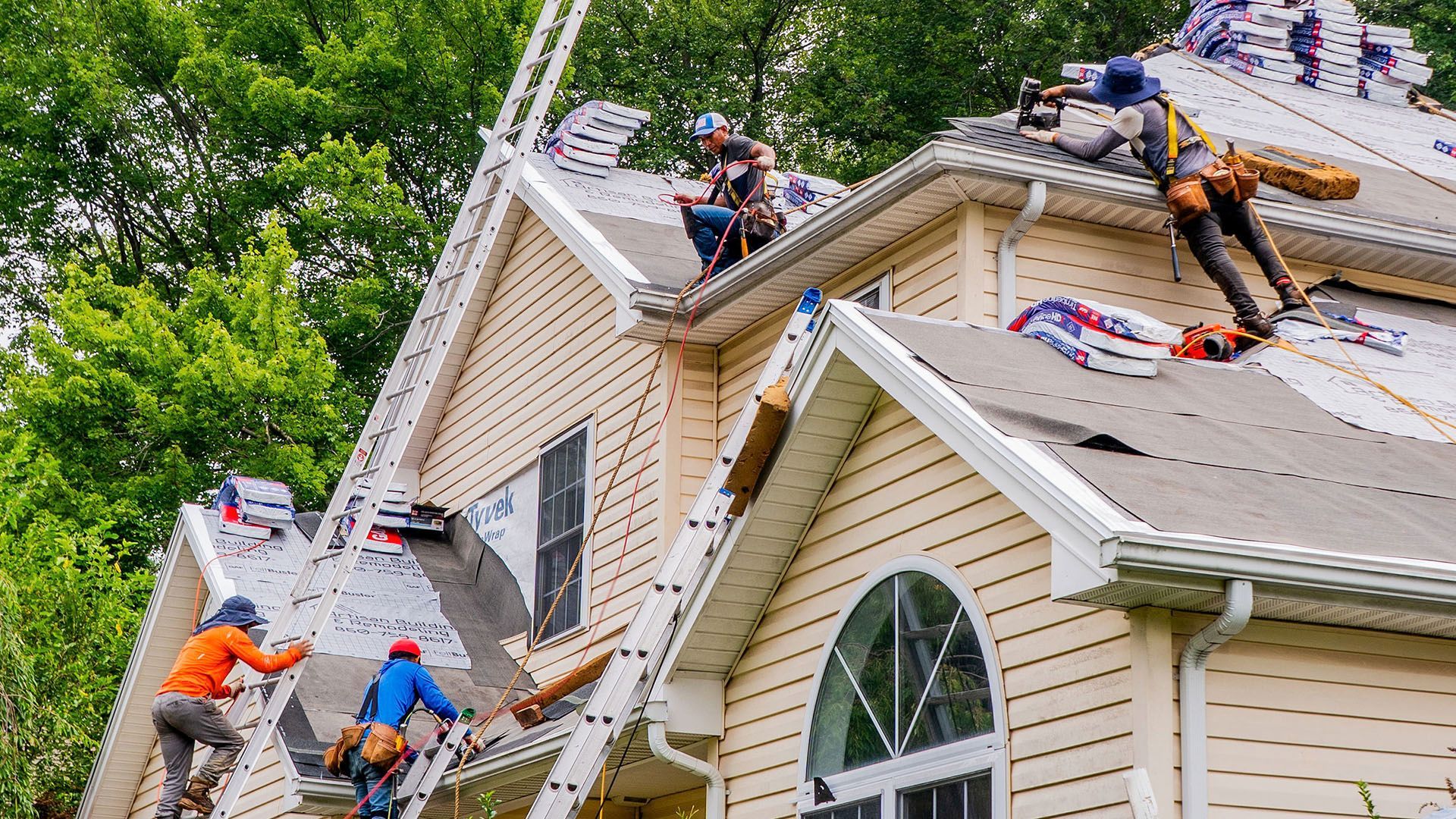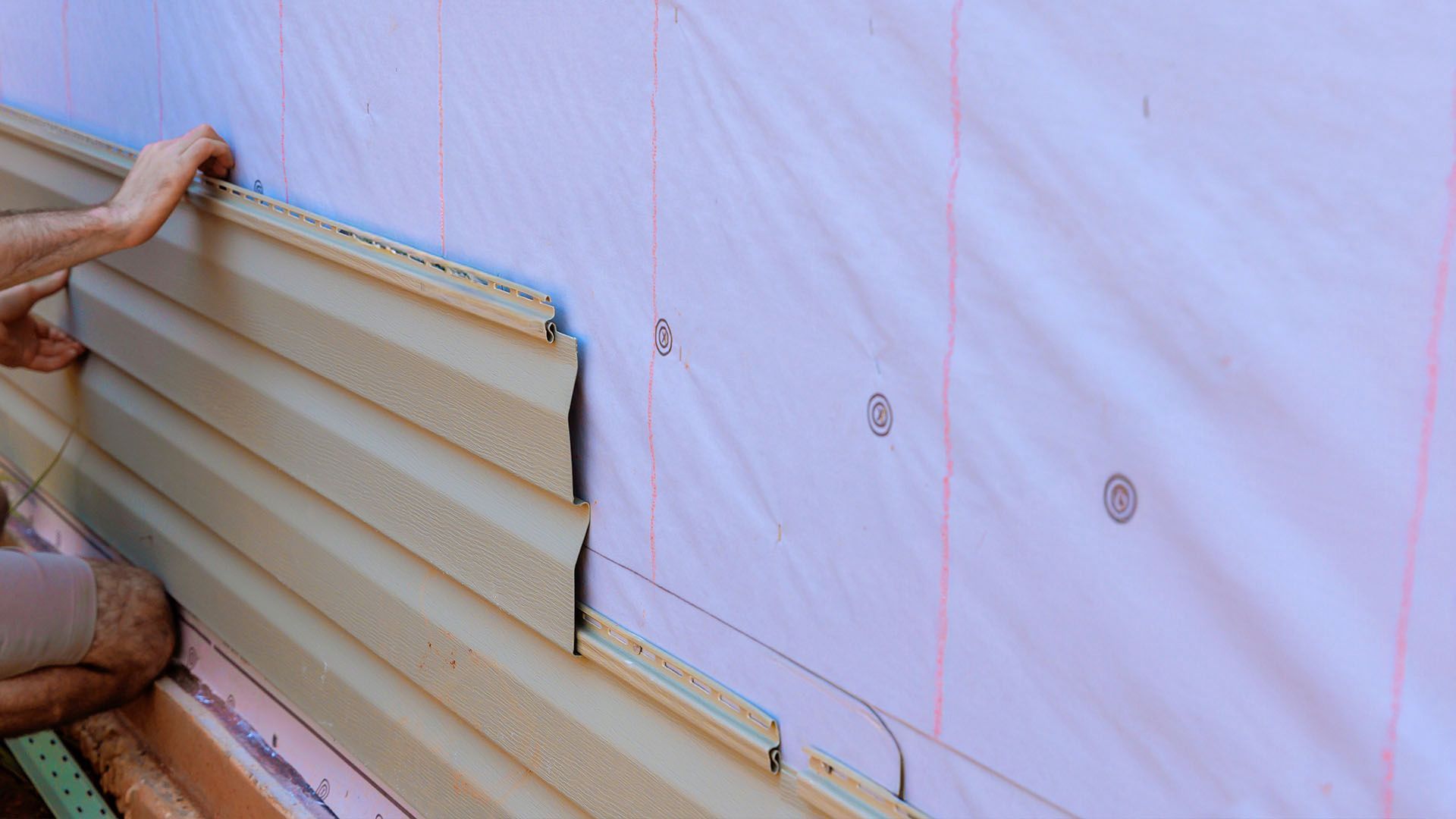What Kind of Roof Damage Is Covered by Home Insurance?
August 28, 2025
If your roof is damaged, you might be wondering: Will my home insurance pay for it? The answer is: sometimes. It depends on what caused the damage and what your insurance policy says.
At Artisan Building & Remodeling, we’ve spent years helping Connecticut homeowners understand their roof insurance coverage and navigate claims with confidence. With a strong reputation for quality work and honest guidance, we’re here to make the process easier for you.
In this guide, we’ll explain what kinds of roof damage are usually covered by home insurance, what’s not covered, how payments work, and what you should do if your roof gets damaged.
Roof Damage That’s Usually Covered
Most homeowners insurance will help pay for roof repairs or replacement if the damage is sudden and caused by something your policy covers. This includes things like:
- Strong wind or hail – Blown-off shingles or dents from hail.
- Falling objects – Like a
tree branch hitting your roof.
- Fire or lightning – Damage caused by flames or a lightning strike.
- Vandalism – If someone damages your roof on purpose.
- Heavy snow or
ice dams – If weight from snow causes damage (varies by area).
- Animals – Some policies may cover sudden damage from animals.
If the damage happened suddenly and by accident, and it was caused by a listed danger (called a "peril"), your insurance will probably help pay for it.
Roof Damage That’s Usually Not Covered
Insurance usually does not pay for roof problems caused by:
- Old age or wear and tear – Roofs don’t last forever, and normal aging isn’t covered.
- Lack of maintenance – If you ignored problems or didn’t fix small leaks, insurance won’t help.
- Poor installation – If your roof wasn’t installed right, that’s not your insurance company’s job.
- Slow leaks over time – Long-term water damage is usually not covered.
- Cosmetic damage only – Small dents or marks that don’t affect how your roof works may not be covered.
Insurance is there for unexpected problems, not normal aging or neglect.
Understanding Your Policy: HO-3 vs. HO-5
There are two common types of homeowners insurance:
- HO-3 (Named Peril) – Only covers damage from specific things listed in your policy.
- HO-5 (Open Peril) – Covers more things unless they’re specifically excluded.
If you’re not sure what kind you have, check your policy or ask your insurance agent.
How Roof Insurance Pays You: ACV vs. RCV
There are two ways your insurance might pay you for a roof claim:
- Actual Cash Value (ACV) – Pays you what your roof is worth right now, based on age and wear.
- Replacement Cost Value (RCV) – Pays the full cost to replace the roof, minus your deductible.
Older roofs usually get ACV, which means you might not get enough to pay for a brand-new roof.
Deductibles and Limits
Your policy will also have a deductible, which is the amount you have to pay before insurance helps. Some areas also have special deductibles for:
- Wind or hail
- Hurricanes
- Ice or snow
You might also have limits on how much your insurance will pay based on your roof’s age or the type of damage.
Special Situations to Know About
Some roof claims fall into a gray area. Here are some examples:
- Matching shingles – Insurance might not pay to match the color of old and new shingles.
- City code upgrades – You may need extra coverage to pay for repairs that meet new building codes.
- Roof equipment – Things like solar panels or satellite dishes may not be included.
- Water inside the home – If a covered roof issue causes leaks inside, that might be covered too.
Always check your policy or ask your agent about these situations.
What To Do If Your Roof Is Damaged
- Protect your home – Use a tarp or cover any holes to prevent more damage.
- Take photos and videos – Show the damage clearly.
- Call your insurance company – Report the damage and start a claim.
- Call a local roofer – Get a full inspection and estimate.
- Keep all receipts – For any
emergency repairs or materials.
How to Make a Strong Insurance Claim
- Be ready with
photos, videos, and receipts.
- Ask your roofer to be there when the adjuster visits.
- Get a
detailed estimate that matches what’s in your policy.
- If your claim is denied, you can ask for a second look or appeal.
Take Care of Your Roof Before Damage Happens
Good maintenance can help prevent damage and make it easier to get insurance help if you ever need it. Be sure to:
- Check your roof after storms.
- Clean your gutters regularly.
- Fix small problems before they get worse.
- Keep records of any work you’ve done.
Need Help After a Storm?
At Artisan Building & Remodeling, we’re here to help you understand your roof insurance, get a full inspection, and work with your adjuster. If your roof is damaged, don’t wait — the sooner you act, the better your chances for full coverage.
📞 Contact us for a free roof inspection and let us guide you through the next steps.
Frequently Asked Question's
About Home Insurance
What roof damage will insurance cover?
Insurance usually covers sudden and accidental damage to your roof, like:
- Wind or hail damage
- A tree falling on the roof
- Fire or lightning
- Vandalism
- Ice or snow causing collapse
It typically does not cover roof problems caused by old age, normal wear and tear, or poor maintenance.
Is it worth claiming roof damage on insurance?
It depends on how bad the damage is and what your deductible is.
You should consider filing a claim if:
- The repair cost is higher than your deductible
- The damage was sudden and caused by something covered in your policy
- You have photos or a contractor's estimate to back up your claim
If the damage is minor, it might be better to pay out of pocket and avoid a possible increase in your insurance premium.
How do insurance adjusters determine roof damage?
An insurance adjuster will check:
- What caused the damage (like a storm, tree, or fire)
- The age and condition of your roof
- The type of roofing materials used
- Visible damage such as missing shingles or leaks
- Any signs of poor maintenance or normal wear and tear
They compare what they find to your policy to decide if the damage is covered.
What is considered roof damage?
Roof damage can include:
- Missing or broken shingles
- Cracked or loose flashing
- Holes or dents from falling objects
- Leaks or water stains inside your home
- Damage from wind, hail, fire, or flying debris
Not all roof damage is covered — it depends on how the damage happened and what your insurance policy includes.
When to call insurance for a roof?
Call your insurance company right away if you notice roof damage after a storm or accident. You should also call if:
- A tree or large branch falls on your roof
- You notice missing or damaged shingles after high winds
- Water starts leaking through the ceiling
- A roofing contractor finds serious damage during an inspection
The sooner you file a claim, the better your chances are of getting it approved.
